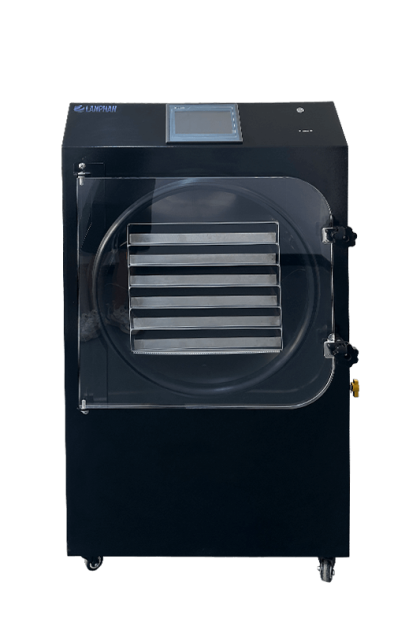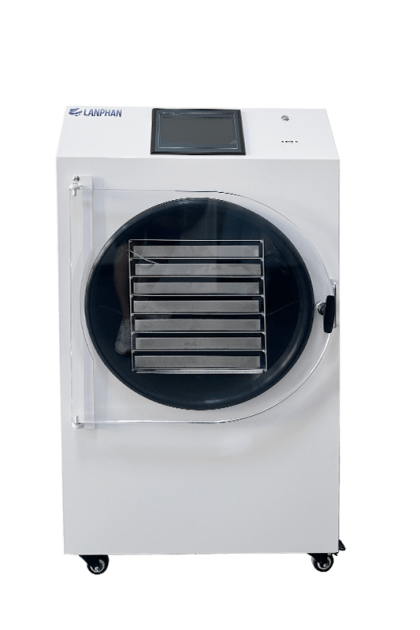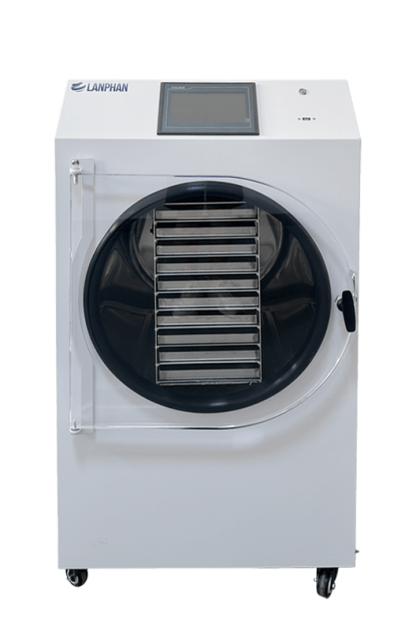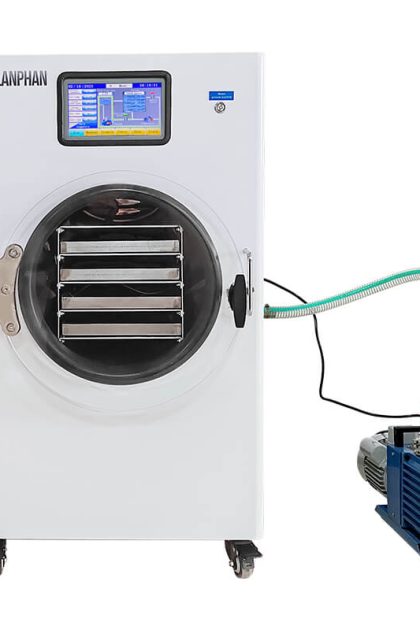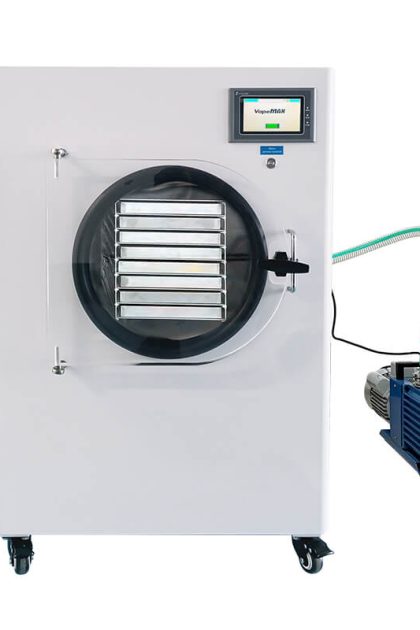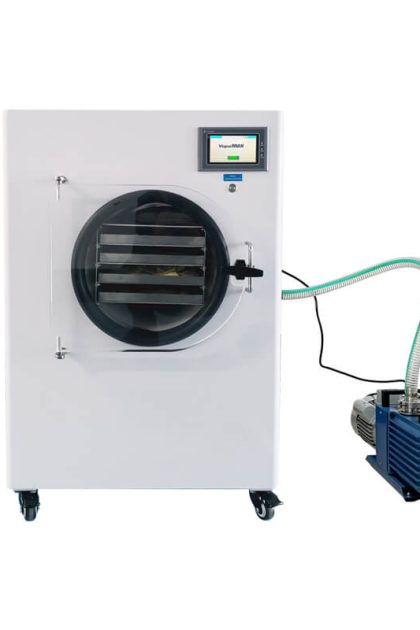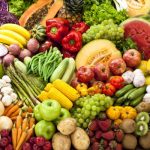How long does freeze-dried meat last for?
When stored properly, freeze-dried meat can have a remarkably long shelf life. Typically, it can last for 15 to 25 years or even longer. By removing moisture during the freeze-drying process, the growth of bacteria, yeast, and mold that cause food spoilage is inhibited. However, it’s important to note that while freeze-dried meat remains safe to consume for an extended period, its quality may gradually decline over time. Factors such as storage conditions and exposure to air can affect its texture, flavor, and nutritional value. Regularly checking for signs of spoilage, such as unusual smell, discoloration, or texture, is advisable to ensure the best quality.
Using a home freeze dryer to freeze dry meat is straightforward. Here is a detailed step-by-step guide:

1.Selection of Suitable Meat:
High-quality meat, such as beef, pork, or chicken, is chosen for freeze-drying. Fresh, undamaged meat with a good color is preferred.
2.Preprocessing of the Meat:
The meat is appropriately preprocessed to enhance the effectiveness and texture of the final product. The following steps are undertaken:
- Excess fat is removed to ensure even freeze-drying.
- The meat is cut into thin strips, small pieces, or thin slices, depending on preference, to facilitate the freeze-drying process.
- If desired, seasonings such as salt, pepper, sauces, or herbal extracts can be added to enhance flavor. Avoid excessive use of moist seasonings.
3.Preparation of the Freeze Dryer:
The freeze dryer is prepared by ensuring cleanliness and adjusting it to the appropriate settings and temperature, as per the specific freeze dryer model and instructions. Operation takes place in a clean environment to avoid contamination and odors.
4.Arrangement of the Meat:
The preprocessed meat is evenly distributed on the trays of the freeze dryer, ensuring no overlap between meat slices to allow proper air circulation and promote the freeze-drying process. Racks can be used to increase tray capacity, depending on the freeze dryer design.
5.Initiation of the Freeze-Drying Process:
The trays are placed into the freeze dryer, ensuring proper insertion and secure fixing. The freeze dryer is started, and the freeze-drying time and temperature are set accordingly. The meat is subjected to freeze-drying for several hours to a whole day, depending on its thickness and type.
6.Monitoring of the Freeze-Drying Process:
The status of the meat is periodically checked during the freeze-drying process. Once the meat becomes crisp, dry, and without any moisture, it indicates that it is fully freeze-dried. Larger pieces of meat may require additional time for thorough freeze-drying.
7.Completion of the Freeze-Drying Process:
The freeze dryer is turned off, and the trays are removed. The freeze-dried meat is allowed to cool at room temperature to ensure internal moisture is also dried. If any pieces of meat are not fully freeze-dried, they can be returned to the freeze dryer for further processing.
8.Storage of the Freeze-Dried Meat:
The freeze-dried meat is stored in sealed containers or vacuum-sealed bags to prevent moisture and air from entering. Containers or bags should be dry and labeled with the date and contents of the freeze-dried meat. Storage in a cool, dry place extends its shelf life.
9.Rehydration and Usage of the Freeze-Dried Meat:
When needed, the desired amount of freeze-dried meat is taken out and rehydrated according to the recipe or personal preference. Rehydration can be achieved by heating, soaking, or mixing with other ingredients.
Please note that using a home freeze dryer to freeze-dry meat may require practice and adjustments due to variations in meat types, thicknesses, and freeze dryer performance. Always follow the specific operating guidelines and recommendations provided with your freeze dryer and make appropriate adjustments based on personal preferences and experience.
Is it better to freeze dry cooked meat or raw meat?
When it comes to freeze-drying meat, both cooked and raw options have their merits.
Cooked meat:
- Cooked meat is ready to be freeze-dried without any additional preparation.
- Cooking helps eliminate bacteria and reduces the risk of foodborne illnesses.
- Freeze-drying cooked meat often results in a longer shelf life.
Raw meat:
- Freeze-drying raw meat preserves its original flavor and texture.
- Raw meat retains more nutrients compared to cooked meat when freeze-dried.
- Preparing raw meat for freeze-drying may involve marinating or pre-treating to enhance taste and tenderness.
Ultimately, the choice between freeze-drying cooked or raw meat depends on personal preference, intended use, and specific recipes. Both options offer unique advantages, so it’s worth exploring both to find what works best for your needs.
how to freeze dry meat for dog treats
- Prepare the meat: Choose fresh meat such as chicken, beef, or fish, without added salt, spices, or seasonings.
- Cut and prepare: Slice the meat into small pieces suitable for your dog’s size and chewing preference. Consider cutting it into thin slices or long strips.
- Pre-treatment (optional): You can optionally perform some pre-treatment steps before freeze-drying, such as marinating or cooking. This can enhance the flavor and texture, making the treats more enticing.
- Freezing: Place the meat pieces on a freezing tray or baking sheet, ensuring they don’t stick to each other. Then, place the tray in the freezer to rapidly freeze the meat.
- Freeze-drying: Transfer the frozen meat pieces to a freeze dryer. Set the appropriate temperature and drying time based on your freeze dryer’s instructions. The drying time may vary depending on the machine model and the thickness of the meat.
- Storage: Once the meat pieces are freeze-dried, transfer them to a dry, airtight container suitable for long-term storage. Ensure the container is properly sealed to prevent air and moisture from entering.
Note that freeze-dried meat treats should be given in moderation, following proper portion sizes and frequency. Determine the appropriate amount for each feeding based on your dog’s size and needs, and monitor their response and digestion. If you have any concerns or questions, it’s advisable to consult a veterinarian for professional guidance.



